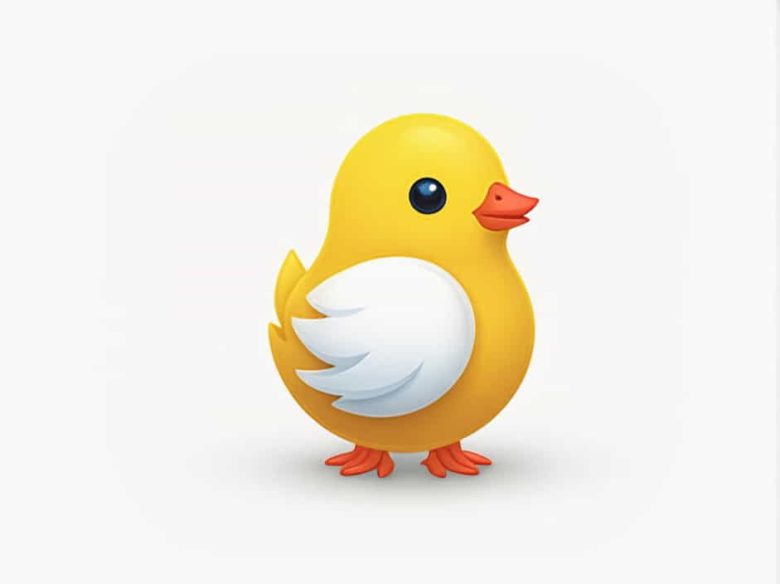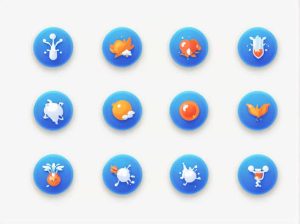The term oviparous is used to describe animals that lay eggs with the embryo developing outside the mother’s body. This reproductive method is common in many species including birds reptiles amphibians fish and even some invertebrates.
Oviparous reproduction is an evolutionary strategy that allows animals to increase their offspring’s survival while reducing the burden on the mother’s body. In this topic we will explore what oviparous animals are how they reproduce and their advantages and disadvantages in the animal kingdom.
What Does Oviparous Mean?
The word oviparous comes from the Latin words:
- “ovum” meaning egg
- “parere” meaning to bring forth or give birth.
Thus oviparous animals lay eggs rather than giving birth to live young. The embryo inside the egg develops externally receiving nutrients from the yolk rather than directly from the mother.
Examples of Oviparous Animals
1. Birds
All birds are oviparous. They lay eggs with hard calcium shells which provide protection and support embryonic development. Examples include:
- Chickens
- Eagles
- Penguins
- Parrots
Birds typically incubate their eggs using body heat to ensure proper development until hatching.
2. Reptiles
Most reptiles lay eggs though some give birth to live young. Reptilian eggs often have leathery flexible shells that allow for moisture exchange. Examples include:
- Turtles
- Snakes (e.g. pythons)
- Lizards (e.g. geckos)
- Crocodiles
Unlike birds many reptiles bury their eggs in sand or soil relying on the environment to regulate incubation temperatures.
3. Amphibians
Amphibians like frogs and salamanders lay gelatinous eggs in water. Since amphibian eggs lack hard shells they rely on moist environments to prevent drying out. Examples include:
- Frogs
- Toads
- Newts
Most amphibians abandon their eggs after laying them allowing them to hatch into aquatic larvae before undergoing metamorphosis into adults.
4. Fish
The majority of fish species are oviparous releasing eggs into the water where fertilization occurs externally. Fish eggs are usually transparent and vulnerable to predators. Examples include:
- Salmon
- Goldfish
- Tuna
Some species like salmon migrate long distances to spawning grounds to lay eggs in safe environments.
5. Invertebrates
Many invertebrates also reproduce by laying eggs often in large quantities to ensure survival. Examples include:
- Insects (butterflies ants bees)
- Mollusks (snails octopuses)
- Arachnids (spiders scorpions)
Some insects like butterflies lay sticky eggs on plants while spiders wrap their eggs in silk sacs for protection.
Reproductive Process of Oviparous Animals
- Egg Formation – The female produces eggs within her reproductive system.
- Egg Laying – The eggs are laid in a safe environment such as nests burrows or water.
- Fertilization – It can be internal (within the mother before laying) or external (outside the body).
- Incubation – The eggs develop over time either by parental care or environmental conditions.
- Hatching – The young emerge often in a different form from adults (e.g. tadpoles vs. frogs).
Advantages of Being Oviparous
1. Less Energy Demand on the Mother
Since the embryo develops outside the body oviparous mothers are not burdened with pregnancy and can continue normal activities.
2. Higher Offspring Numbers
Oviparous animals often lay multiple eggs at once increasing the chance that some will survive.
3. Adaptability to Different Environments
Egg-laying allows animals to deposit eggs in safe locations increasing survival chances based on habitat conditions.
Disadvantages of Oviparity
1. Eggs Are Vulnerable to Predators
Since eggs develop outside the body they are more exposed to threats from predators environmental changes and diseases.
2. Limited Parental Protection
Many oviparous animals do not provide post-laying care leaving eggs defenseless until hatching.
3. Dependence on External Conditions
Temperature humidity and nesting sites affect egg survival making them more susceptible to climate changes.
Oviparous vs. Other Reproductive Methods
1. Oviparous vs. Viviparous Animals
Viviparous animals give birth to live young with embryos developing inside the mother’s womb nourished through a placenta. Examples include humans dogs and whales.
- Oviparous: Egg-laying external development.
- Viviparous: Live birth internal development.
2. Oviparous vs. Ovoviviparous Animals
Ovoviviparous animals develop eggs inside the mother but hatch internally before being born. Examples include some snakes sharks and certain fish.
- Oviparous: External egg development.
- Ovoviviparous: Internal egg development live birth.
Oviparous animals play a crucial role in ecosystems using egg-laying as a successful reproductive strategy across diverse species. From birds and reptiles to amphibians and fish oviparous reproduction allows for widespread adaptation and survival.
Despite challenges like predator threats and environmental dependence oviparity remains a dominant reproductive method in nature. Understanding this process helps us appreciate the diversity of life and the intricate ways animals ensure the survival of future generations.



